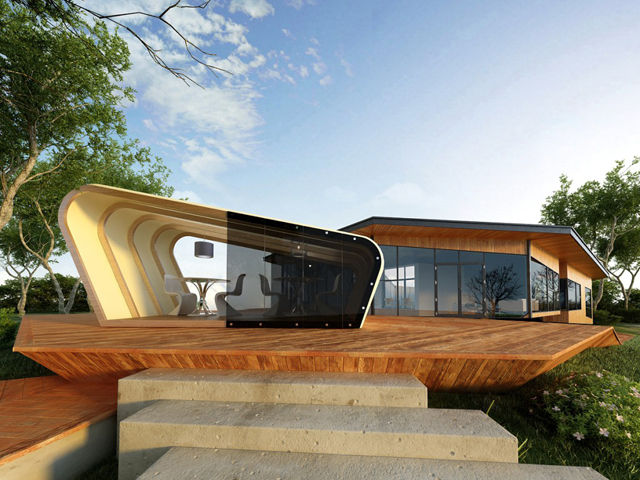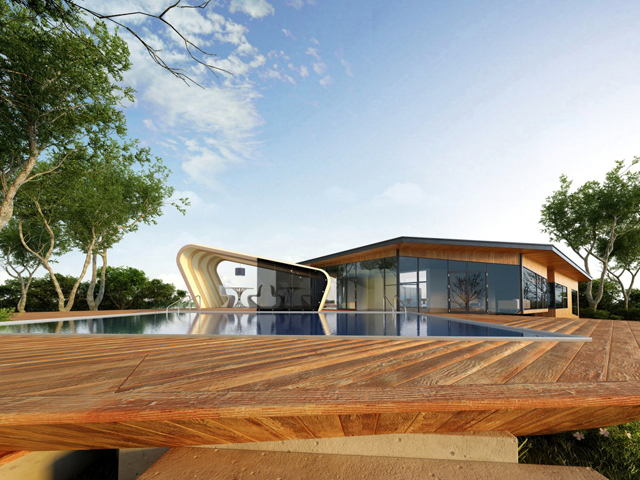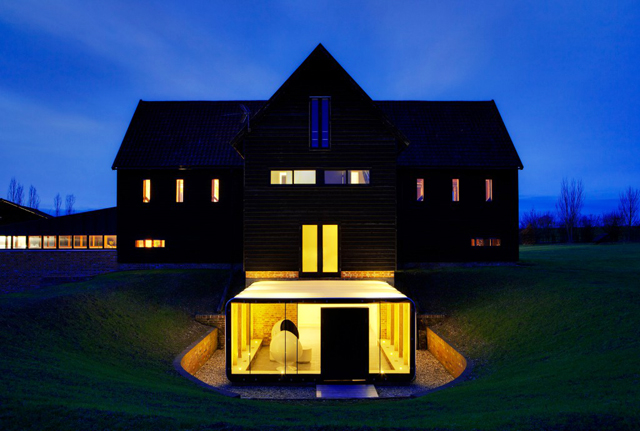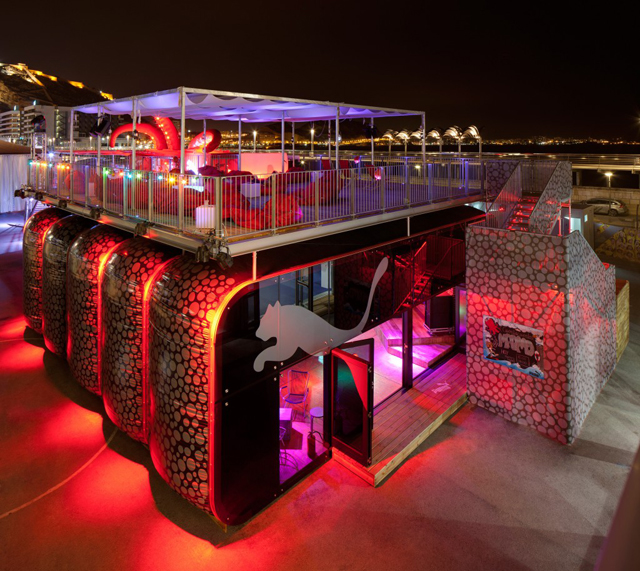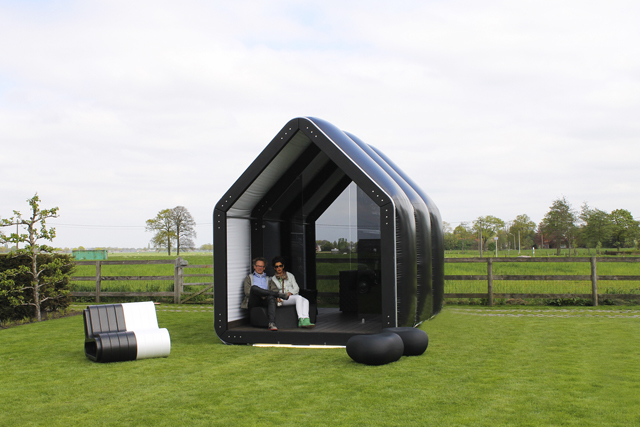NextGen Inflatable Structures
/If inflatable structures are the next generation of semi permanent and permanent architectural buildings, then they better look good. The temporary buildings we are referring to are exclusively designed by a UK based company called AirClad, the child company of Inflate, who has been designing all things inflatable for the past 20 years using AirFlow technology.
The inflatables are typically used for 3 days to 3 weeks and are easily transported, which makes them ideal for exhibitions and events all over the world. AirClad designed and built the Puma exhibit in Spain, a rooftop office pod in London, a clubhouse addition to a historical Suffolk Home, and now the team have created a cool pool house concept for Dwell with a newer method which will allow the structure to last.
Nick Crosbie, Director of AirClad gave us a little insight on his drive behind evoking change in permanent structures, saying, "I look at new projects and want to see them evolve, I want people to look at every possibility, something they may not even know existed. Clients need to re-evaluate the use of outdated structures such as marquees and tents, but it is difficult to recondition a long existed mindset."
His journey to change people's minds has led him on an exciting and creative path as he happily makes each project exciting and unique.
AirClad uses AriFlow technology, even though the typical lifetime is 3 weeks, the company can now make the inflatables last years. This enhancement in time allows for the technology to be used in a variety of new ways. Most recently, Crosbie wanted to develop the next building method, the creation of a more solid platform that can be used in a more permanent way and suit interior functions as well.
This idea manifested into a newer system that is easy to transport and erect along with being fully de-mountable and reusable, requiring no need for intrusive concrete foundations. An example of this system is seen in Dwell's concept pool house, where a simple form of a structural skeleton exists with air inflated panels cladding it.
The inflated panels offer insulated and structural properties to the finished building and especially allow for a new architectural aesthetic to be achieved.
The inflatable structures are all fabric, when packed down, the material can go as small as 1 cubic meter. We should also note that the AirClad system is a sealed pressure regulated system using very little energy.
